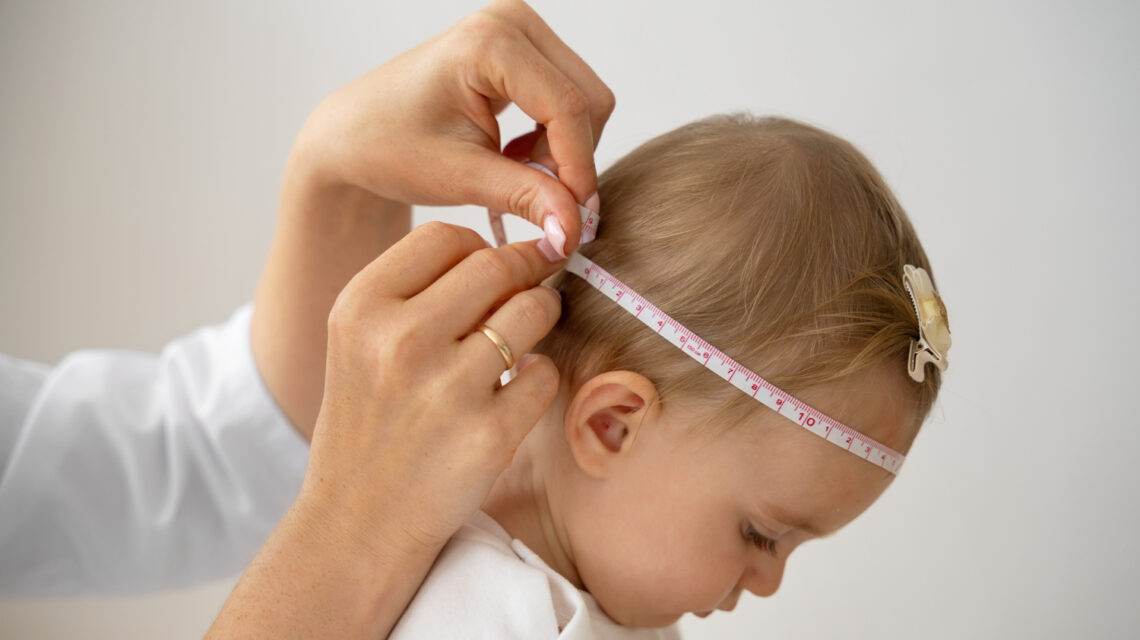Introduction
Ever since the initial documentation of autism, a consistent correlation has been observed between macrocephaly and autism in children. This connection is underscored by the fact that some children diagnosed with autism exhibit significantly larger heads compared to their peers of the same sex.
Nevertheless, there exists ongoing debate and controversy surrounding this observation. This article delves into the intricate relationship between macrocephaly and autism in children, shedding light on the significance of this connection.
Understanding Macrocephaly
Macrocephaly, essentially meaning ‘big head,’ refers to a condition where infants possess a head circumference larger than their peers of the same age and sex. It identified when the circumference of the widest part of a child’s head surpasses the 98th percentile, indicating that it is larger than 98% of children within the same age and sex group. In most cases, macrocephaly is a benign condition, often attributed to genetic factors, specifically termed as benign familial macrocephaly.
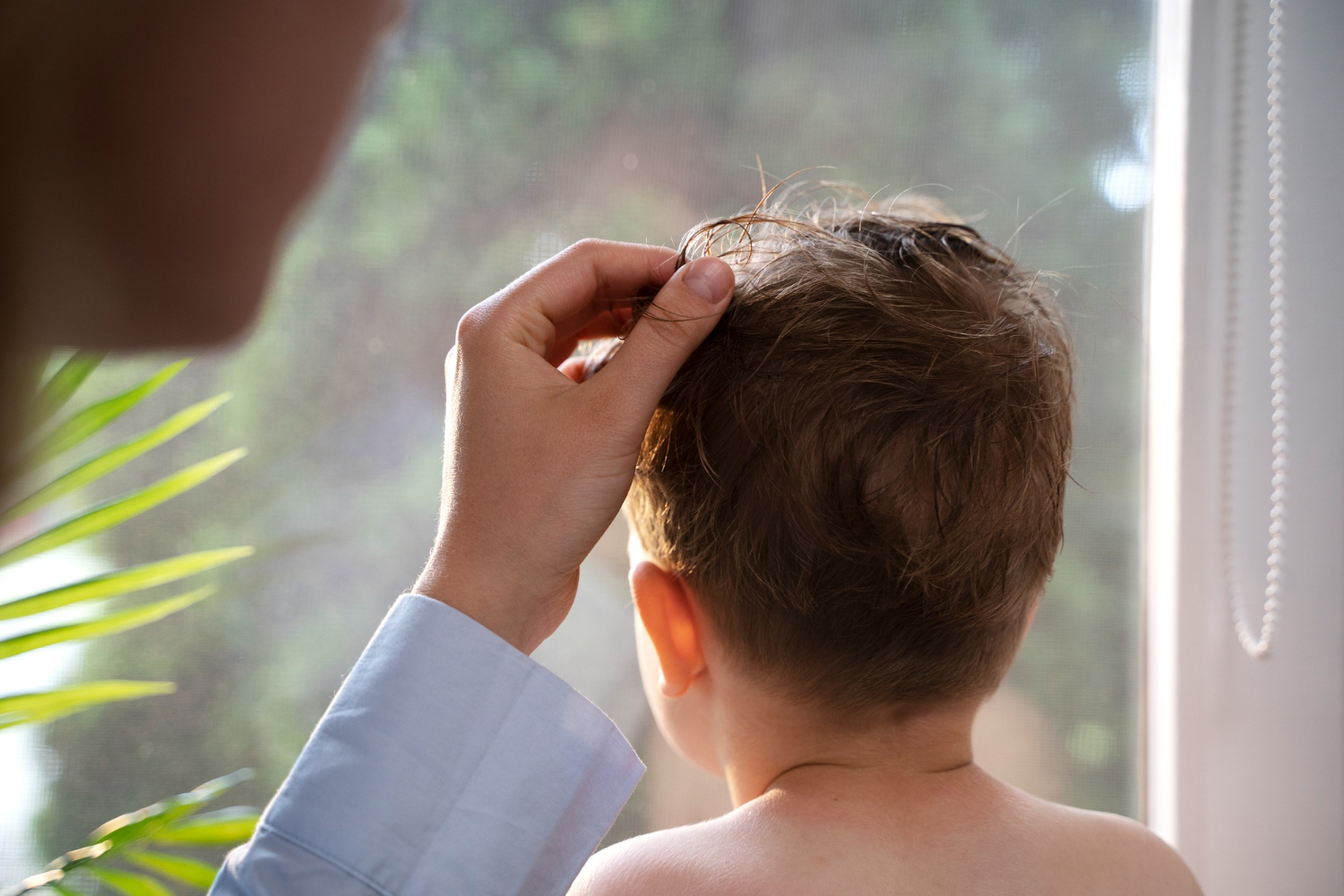
In the intricate tapestry of childhood, where curiosity weaves the threads of discovery, the unique symphony of macrocephaly and autism plays its own harmonious melody, reminding us that every mind is a masterpiece, awaiting the embrace of understanding and acceptance.
Debra Muzikar
Association of Macrocephaly with Autism
Children with autism experience a pronounced growth spurt in their brain during the first year of life, resulting in significantly larger head sizes compared to typically developing infants. This discrepancy precedes the manifestation of behavioral symptoms associated with autism, presenting an opportunity for earlier diagnosis and subsequent intervention.
Statistics indicate that individuals with autism exhibit notably larger head circumferences, with over 9% displaying brain overgrowth and approximately 15.7% having actual macrocephaly, as per a 2015 study. Additional research suggests that up to 35% of individuals with autism may have an abnormally large head size. Advanced brain imaging technologies, such as MRI, have facilitated a more in-depth exploration of the relationship between head size and autism, revealing that macrocephaly is linked to an increased brain volume rather than excess fluid or non-brain tissue.
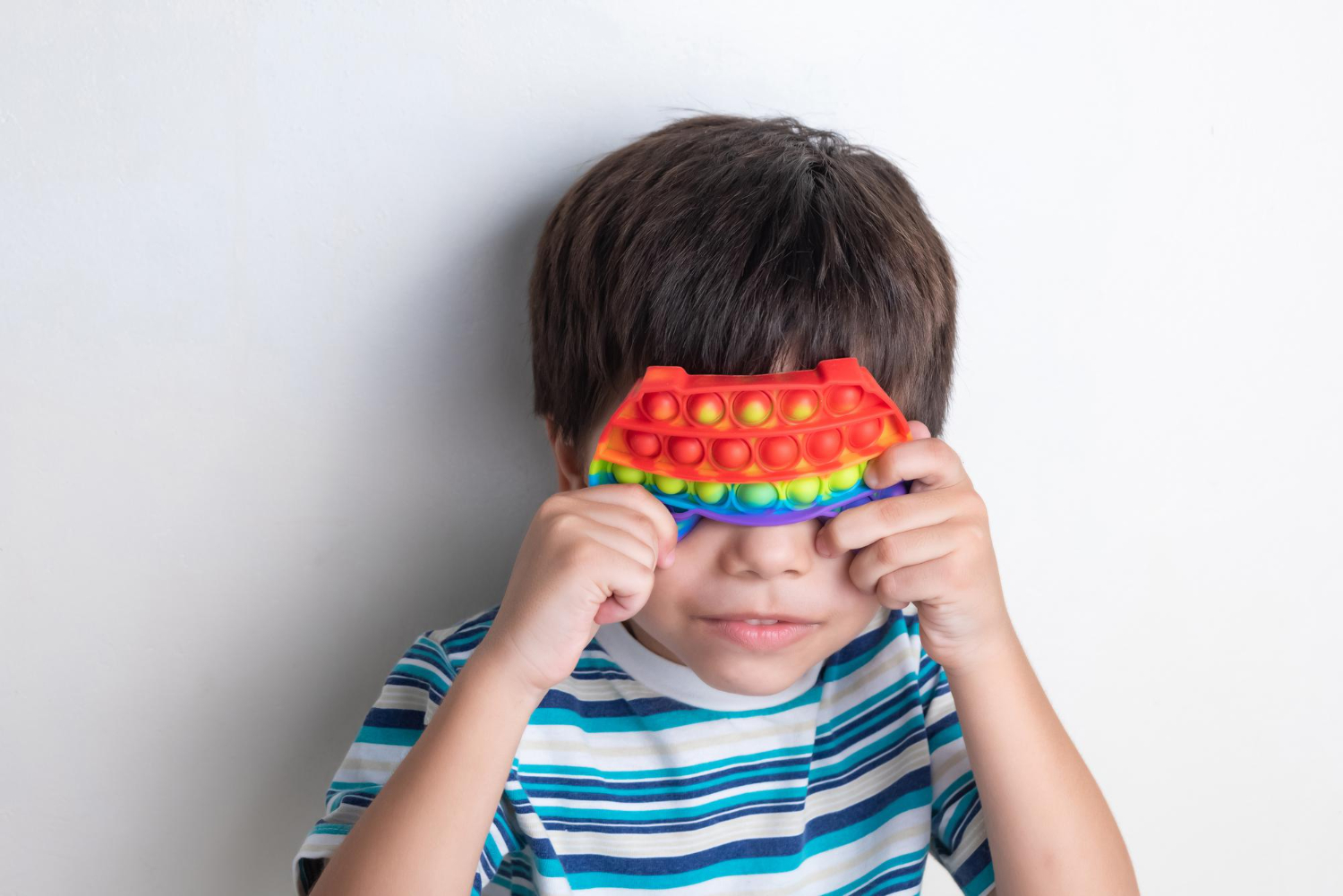
Genetic and Overgrowth Factors
The connection between macrocephaly and autism rooted in genetics and general overgrowth. While the precise genetic contributions remain unclear, one study identified mutations in the PTEN gene among children with autism and macrocephaly. The PTEN gene plays a role in suppressing tumor growth and regulating cell division. Notably, not all cases of disproportionate macrocephaly in these children displayed this mutation, indicating the existence of diverse genetic influences.
A 2011 study suggested that general overgrowth in height, head size, and weight might be indicative of autism. This research, focused on boys, revealed that children with autism exhibited accelerated growth compared to neurotypical children. The severity of overgrowth correlated with more intense autism symptoms by the age of two.
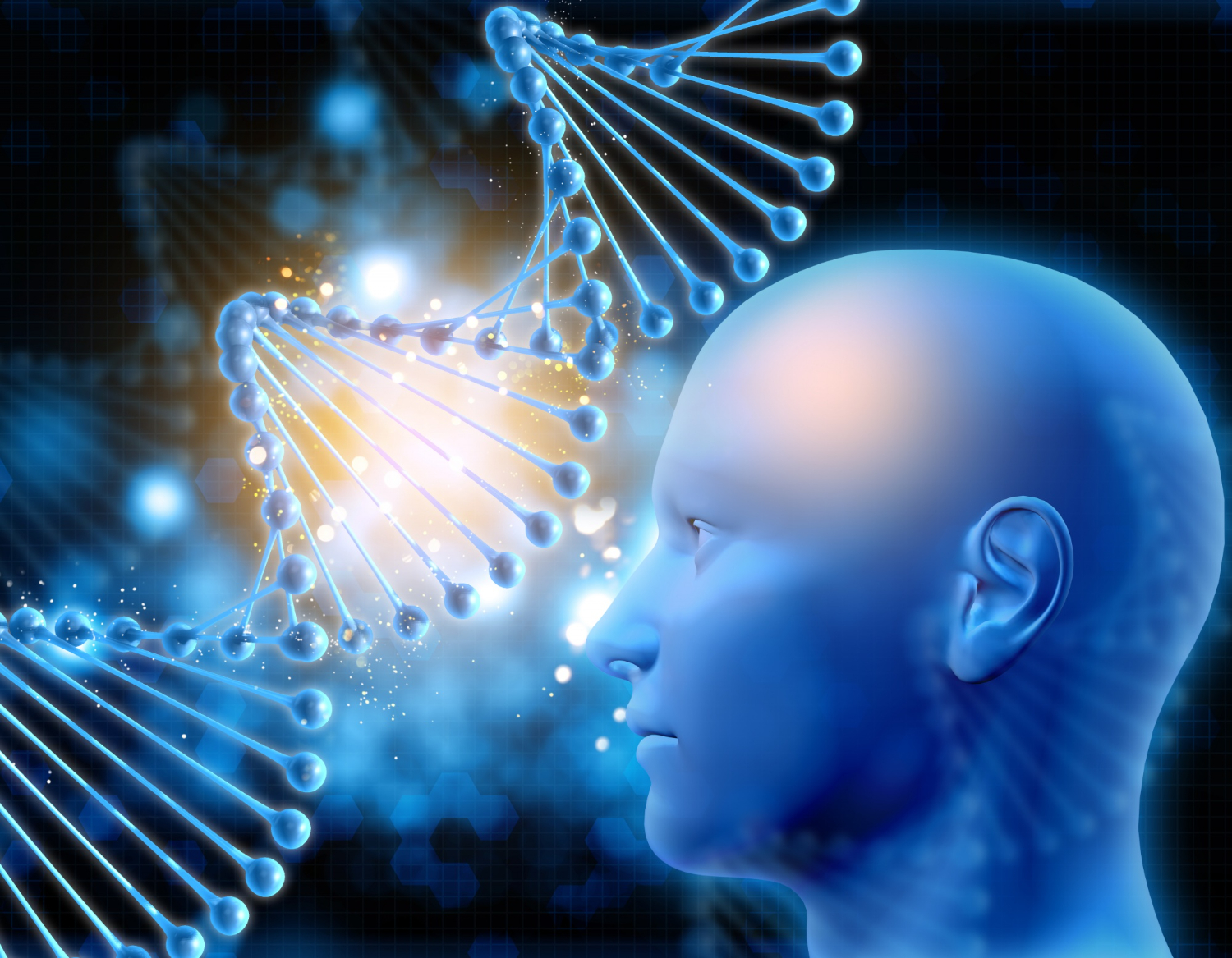
The Developmental Phases and Autism
A 2003 study proposed four stages in the brain development of individuals with autism. Contrary to expectations, the brains of infants with autism found to be smaller than neurotypical infants at birth. Subsequently, a rapid overgrowth phase occurred within the first year, reaching a maximum size approximately eight years earlier than neurotypical brains. This accelerated growth period theorized to contribute to the development of autism symptoms, as the compressed timeframe limits the acquisition of crucial social, cognitive, and linguistic skills.
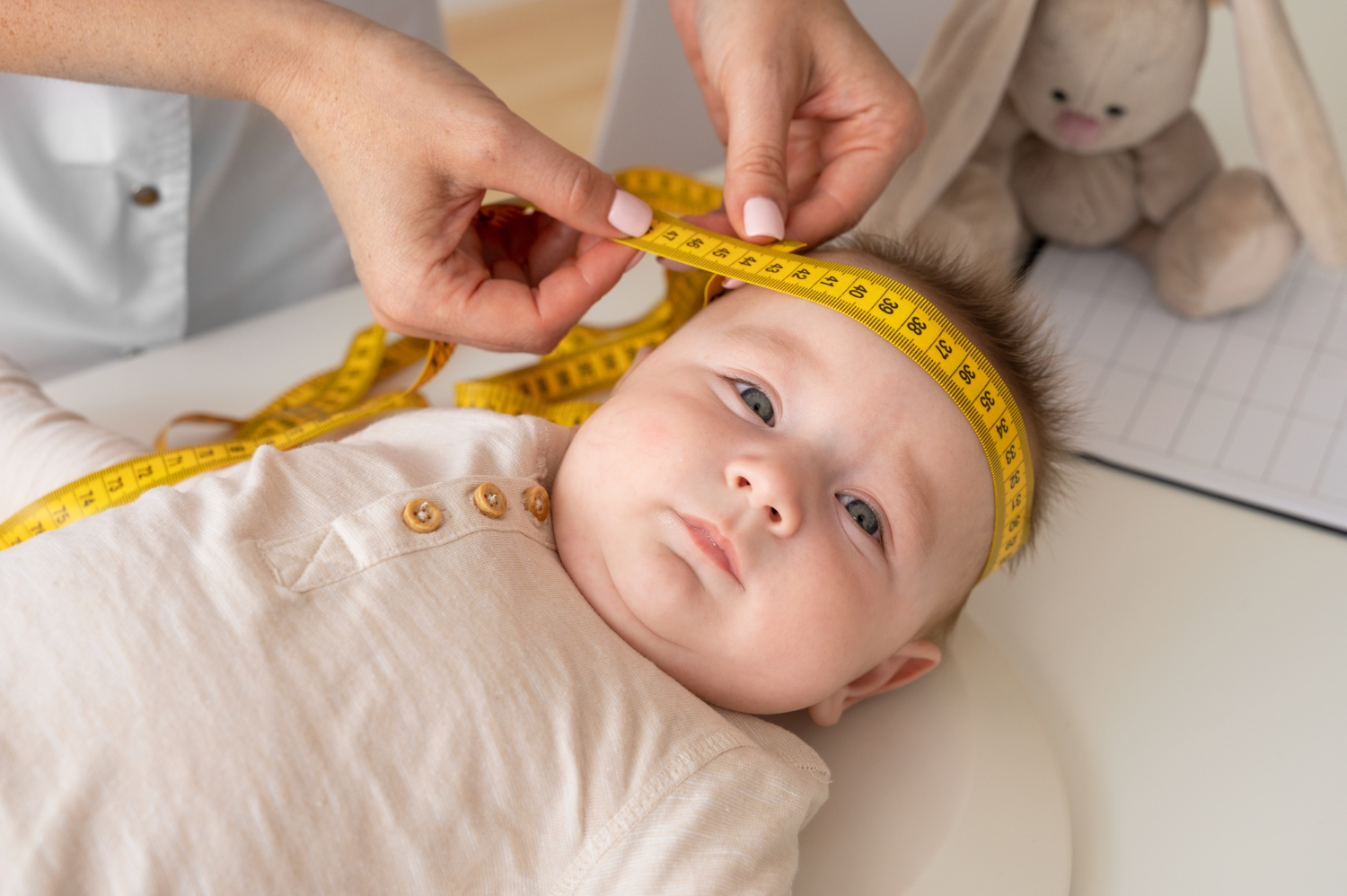
Is Macrocephaly a Concern?
Generally considered harmless, macrocephaly in children with autism is unlikely to pose long-term problems. However, it is essential to remain vigilant for potential symptoms that may indicate underlying issues unrelated to family traits or autism. These symptoms include strange eye movements, high-pitched crying, unexplained vomiting, irritability, or tightness and bulging on the head. Such signs could signify skull bone overgrowth, harmful excess fluid, or other serious problems.
Conclusion
While the connection between abnormally large head size and autism continues to perplex researchers, it is clear that a significant proportion of children on the autism spectrum exhibit macrocephaly. The accelerated brain growth observed in these cases may provide insights into the manifestation of autism symptoms. Despite the generally benign nature of macrocephaly in the context of autism, seeking medical advice always recommended to ascertain the specific cause of the condition.
Source
- Chaste, P., & Leboyer, M. (2012). Autism risk factors: genes, environment, and gene-environment interactions. Dialogues in Clinical Neuroscience, 14(3), 281–292.
- Courchesne, E., Carper, R., & Akshoomoff, N. (2003). Evidence of brain overgrowth in the first year of life in autism. JAMA, 290(3), 337–344.
- Courchesne, E., Mouton, P. R., Calhoun, M. E., Semendeferi, K., Ahrens-Barbeau, C., Hallet, M. J., … & Pierce, K. (2011). Neuron number and size in prefrontal cortex of children with autism. JAMA, 306(18), 2001–2010.
- Dawson, G., Webb, S. J., & McPartland, J. (2005). Understanding the nature of face processing impairment in autism: insights from behavioral and electrophysiological studies. Developmental Neuropsychology, 27(3), 403–424.
- Hazlett, H. C., Poe, M. D., Gerig, G., Smith, R. G., Piven, J., & Reiss, A. L. (2006). Cortical gray and white brain tissue volume in adolescents and adults with autism. Biological Psychiatry, 59(1), 1–6.
- Szatmari, P., Paterson, A. D., Zwaigenbaum, L., Roberts, W., Brian, J., Liu, X. Q., … & Tuff, L. (2007). Mapping autism risk loci using genetic linkage and chromosomal rearrangements. Nature Genetics, 39(3), 319–328.
